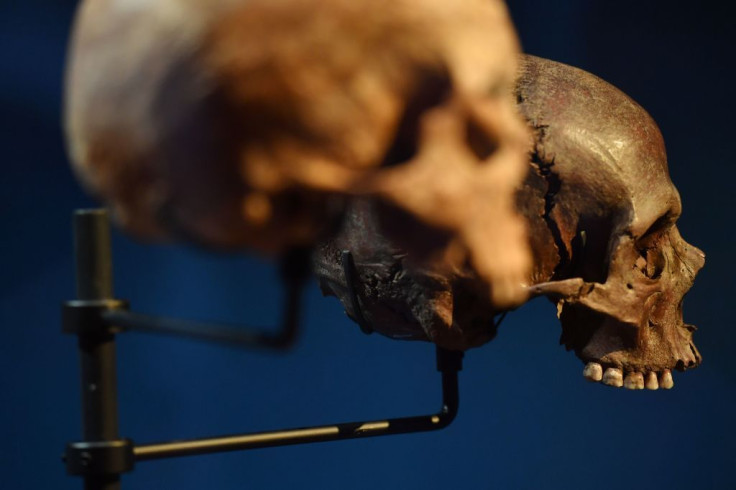See 5,600-Year-Old Human Skull Bone Discovered In England's River Thames [PHOTO]

An ancient human skull bone estimated to be 5,600 years old has been fished out of the River Thames in England.
The Museum of London will be displaying one of the oldest human specimens ever discovered out of the Thames, a chunk from a Neolithic skull, on Wednesday, Feb. 20. The fractured frontal skull bone was from an adult man who lived around 3600 B.C., according to the museum's website
Tomorrow, we're putting the earliest skull ever mudlarked from the Thames on display. Its owner would have died around 5,600 years ago. Read more: https://t.co/4XiiytAqCx pic.twitter.com/WTsyOS5A3B
— Museum of London (@MuseumofLondon) February 19, 2019
The ancient skull bone was first found by a "mudlark," a term for a person who searches for valuables in the river mud, near the southern shores of the Thames. This wouldn't be the first time that someone has dug up fascinating objects or remnants as mudlarkers have been scavenging the river for hundreds of years.
Just recently, the skeleton of a mudlark who lived 500 years ago was discovered in the Thames. The man had still been wearing his thigh-high leather boots when archaeologists discovered his skeleton near a bend in the river downstream from the Tower of London, according to the MOLA Headland website.
The mudlark who found the 5,600-year-old skull bone immediately called the police after determining what it is he had found.
London Metropolitan Police detective Matt Morse explained that officials searched the Thames thoroughly for the rest of the remains.
"Upon reports of a human skull fragment having been found along the Thames foreshore, Detectives from South West CID (criminal investigation department) attended the scene," Morse said in the statement. "Not knowing how old this fragment was, a full and thorough investigation took place, including further, detailed searches of the foreshore."
However, their search didn't yield any more findings. Authorities used radiocarbon dating, which measures levels of different versions of radioactive carbon atoms, in order to determine the skull bone's origins. They found that it originally belonged to a male over the age of 18 who lived thousands of years ago.
For those who want to check out the ancient remains, head to the Museum of London to find out more about the skull bone, as well as other Neolithic artifacts fished out of the Thames.
© Copyright IBTimes 2024. All rights reserved.





















